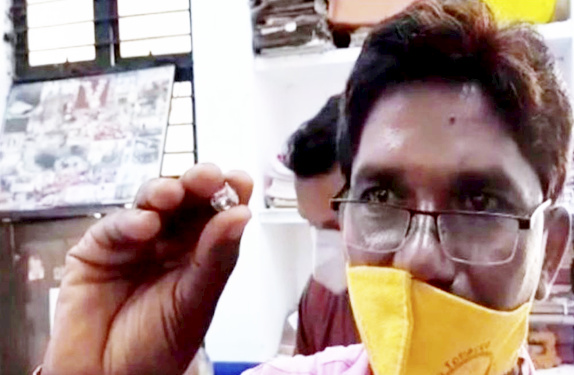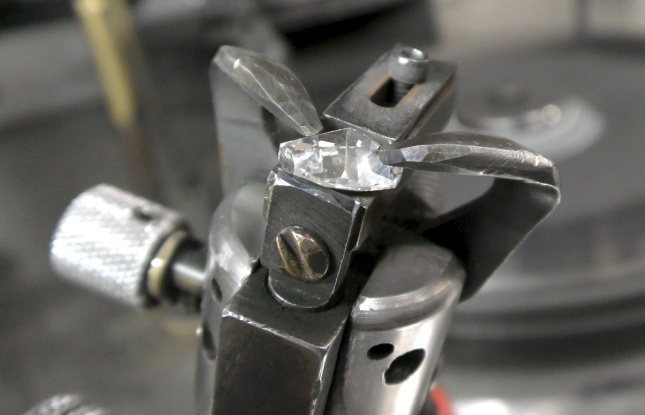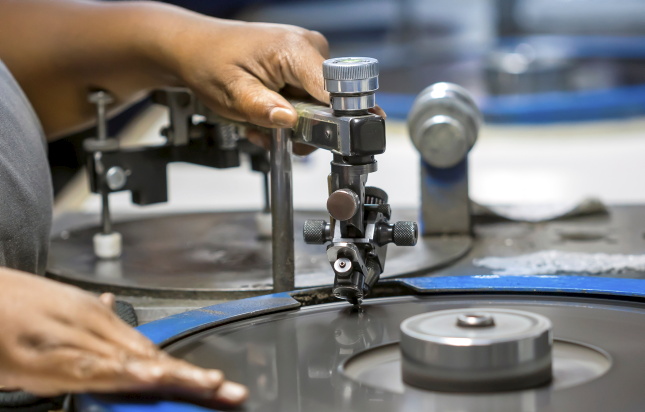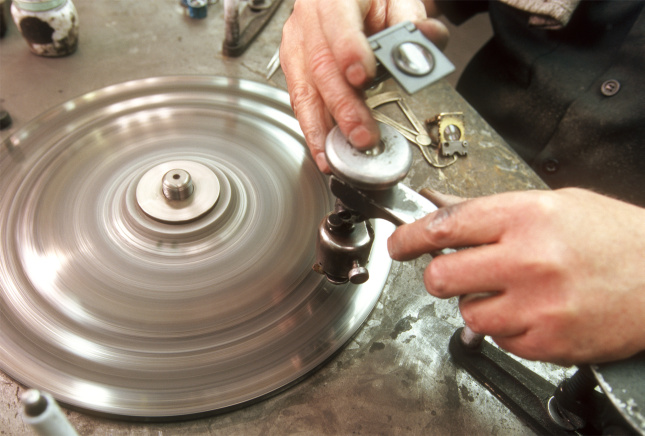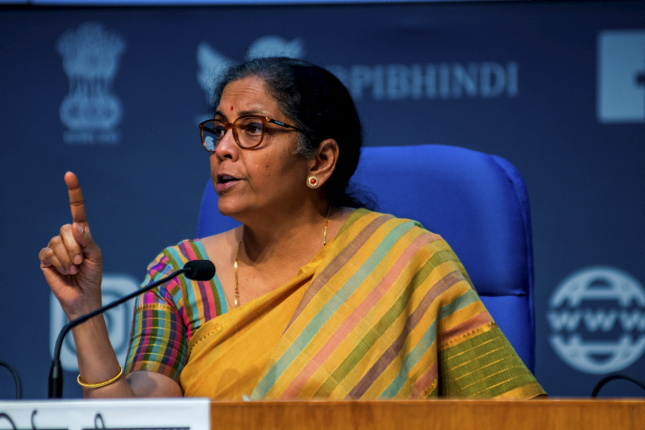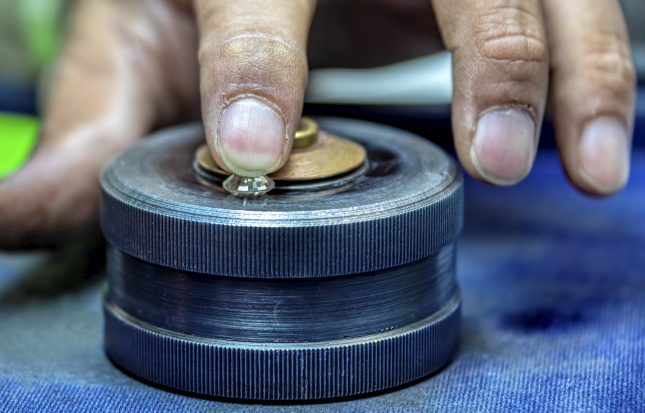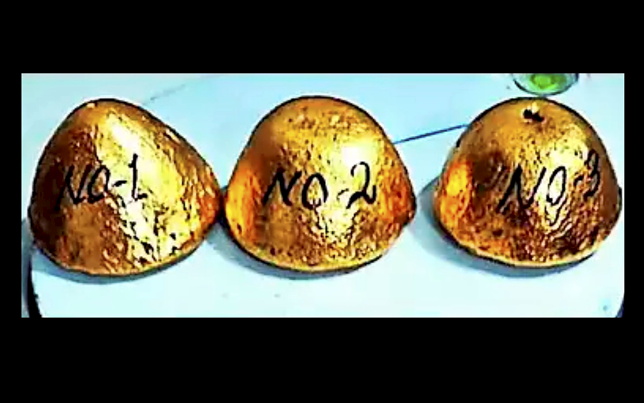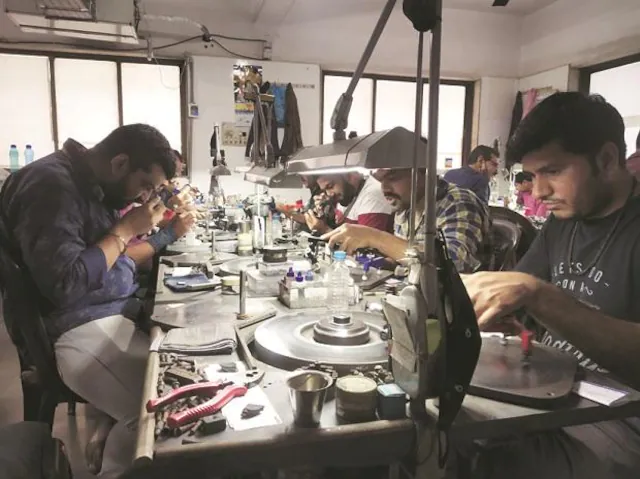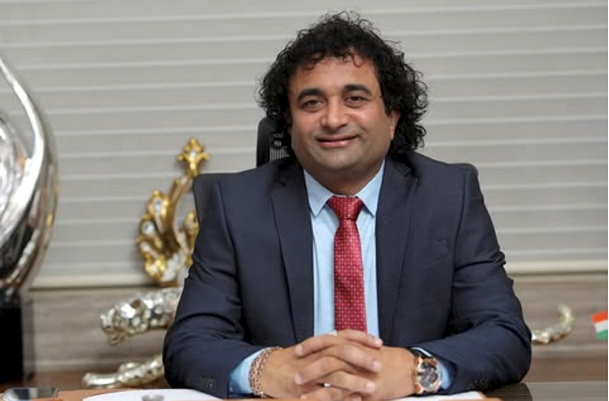
Maruti Impex, described as one of the world’s biggest manufacturers of small natural diamonds, is halting operations, and has advised its 15,000 workers to seek employment elsewhere.
The company’s founder, Suresh Lakhani, aged 45, suffered a stroke three months ago and remains in a coma.
He’s been the driving force behind the business, which he launched in 1995 when he was just 16 years old. He is said to be the sole decision maker.
The future of Maruti Impex, which operates over 100 units, directly and indirectly, in Surat, Bhavnagar, Amreli, and Junagadh, is now uncertain.
Staff were informed of the closure by audio message, just as diamond units re-open after the Diwali break.
They received salaries up to the holiday, but have been told it’s not clear when operations could resume. The company made mention of “three or four months”.
Family members stepped in short term following Lakhani’s stroke, but have reportedly decided to pause operations because of weak market conditions.
Times of India quotes Dinesh Navadiya, chairman of the Indian Diamond Institute, as saying: “Without his (Lakhani’s) leadership and given the current challenging market conditions, the management is unable to continue operations.”
Lakhani describes himself on LinkedIn as a “self-made entrepreneur and philanthropist who has built a successful global business – “Maruti Impex” from scratch. Maruti Impex is one of the largest companies in the world in cut and polished diamonds.”
Source: Idex

